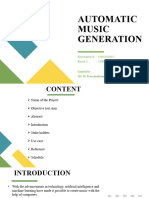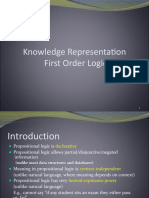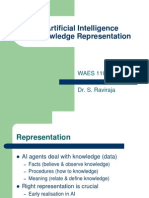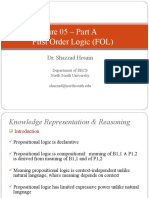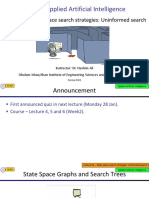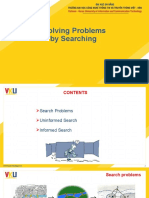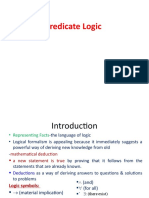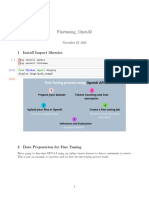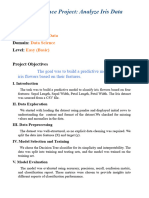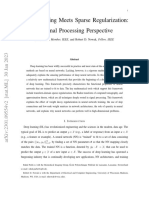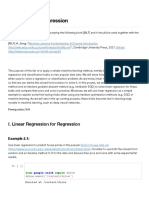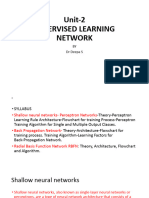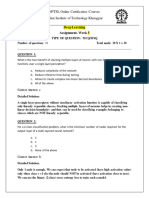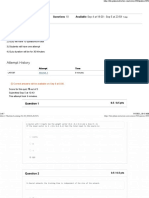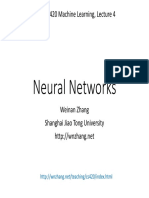0% found this document useful (0 votes)
131 views19 pagesch9 Ensemble Learning
This document discusses ensemble learning techniques for machine learning. It introduces formulation of ensemble learning, bagging methods like random forests, and boosting methods. For boosting, it outlines gradient boosting, AdaBoost, and gradient tree boosting. Decision trees are also covered, including how they are constructed for regression and classification problems.
Uploaded by
Juan ZarateCopyright
© © All Rights Reserved
We take content rights seriously. If you suspect this is your content, claim it here.
Available Formats
Download as PDF, TXT or read online on Scribd
0% found this document useful (0 votes)
131 views19 pagesch9 Ensemble Learning
This document discusses ensemble learning techniques for machine learning. It introduces formulation of ensemble learning, bagging methods like random forests, and boosting methods. For boosting, it outlines gradient boosting, AdaBoost, and gradient tree boosting. Decision trees are also covered, including how they are constructed for regression and classification problems.
Uploaded by
Juan ZarateCopyright
© © All Rights Reserved
We take content rights seriously. If you suspect this is your content, claim it here.
Available Formats
Download as PDF, TXT or read online on Scribd
/ 19





